13 Vision Victors: Foods to Eat for Sharper Eyes and Macular Health
Our eyes are windows to the lives we create—capturing joyful moments, mapping out familiar places, and connecting us with loved ones. Yet as years go by, many of us notice subtle changes: reading in dim light grows challenging, colors seem less vibrant, or we find ourselves squinting at screens. While it's natural to wonder how much control we have over these shifts, there's a profoundly empowering truth—what we choose to put on our plates can make a world of difference for our vision. Researchers and eye health experts agree: certain foods offer powerhouse nutrients that support sharper sight and defend the health of our macula—the retina’s central area that lets us see fine detail and color. Instead of strict diets or impossible rules, think of these foods as small, delicious victories you can enjoy every day, each one contributing gently to lifelong visual clarity. From leafy greens bursting with carotenoids to omega-rich fish and crunchy seeds, this list celebrates approachable, widely available foods that science recommends for aging eyes. Each item comes with practical tips for working more eye nutrition into real-life meals—because taking care of your sight should never feel like a burden. Ready to nourish your vision, one delicious bite at a time? Let’s explore 13 foods that can help your eyes thrive.
1. Spinach & Kale: The Lutein and Zeaxanthin Duo
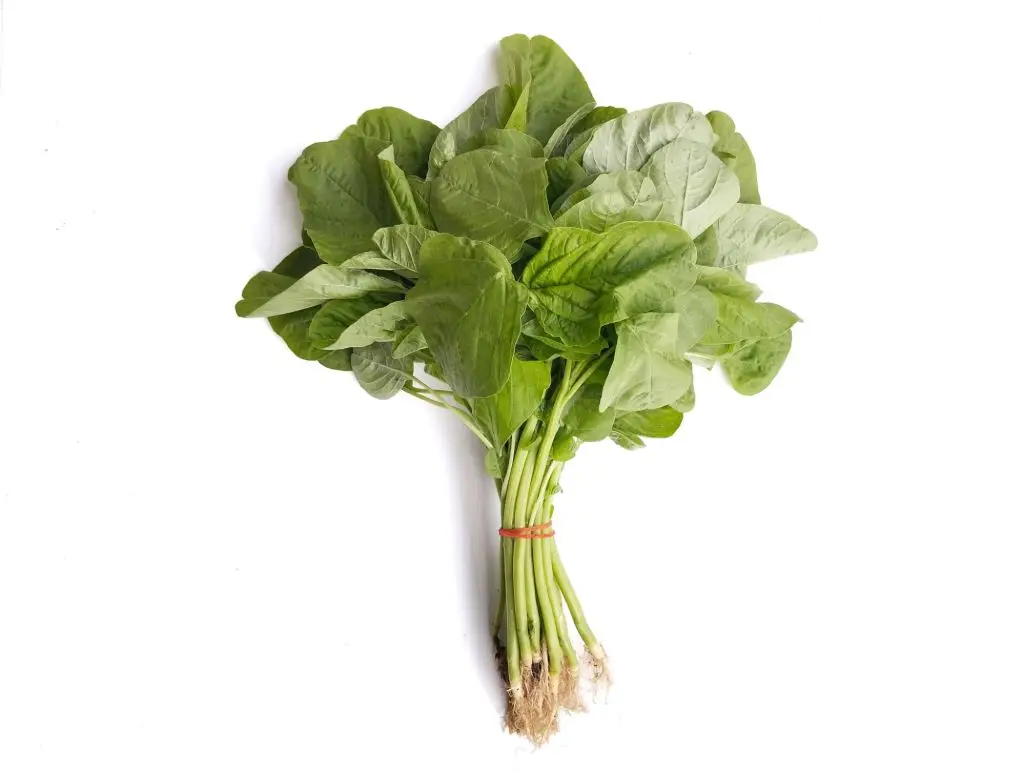
When it comes to eye-loving nutrients, spinach and kale are true A-listers. Packed with lutein and zeaxanthin—carotenoids proven to filter harmful blue light and shield the delicate macula from oxidative damage—these leafy greens go a long way in deflecting the wear and tear that can come with age. The National Eye Institute and American Academy of Ophthalmology both highlight the role of these nutrients in slowing the progression of age-related macular degeneration (AMD), a leading cause of vision loss. One of the most beautiful things about spinach and kale is their flexibility in everyday meals. Drop a handful into your morning smoothie, toss them raw into salads, or sauté with a splash of olive oil for an easy dinner side. You can even fold them into omelets or breakfast wraps for an energizing start. Stocked in nearly every grocery store, these greens are an accessible step toward brighter, more resilient eyes—no exotic shopping required.
2. Salmon: Omega-3 Power for Retinal Strength
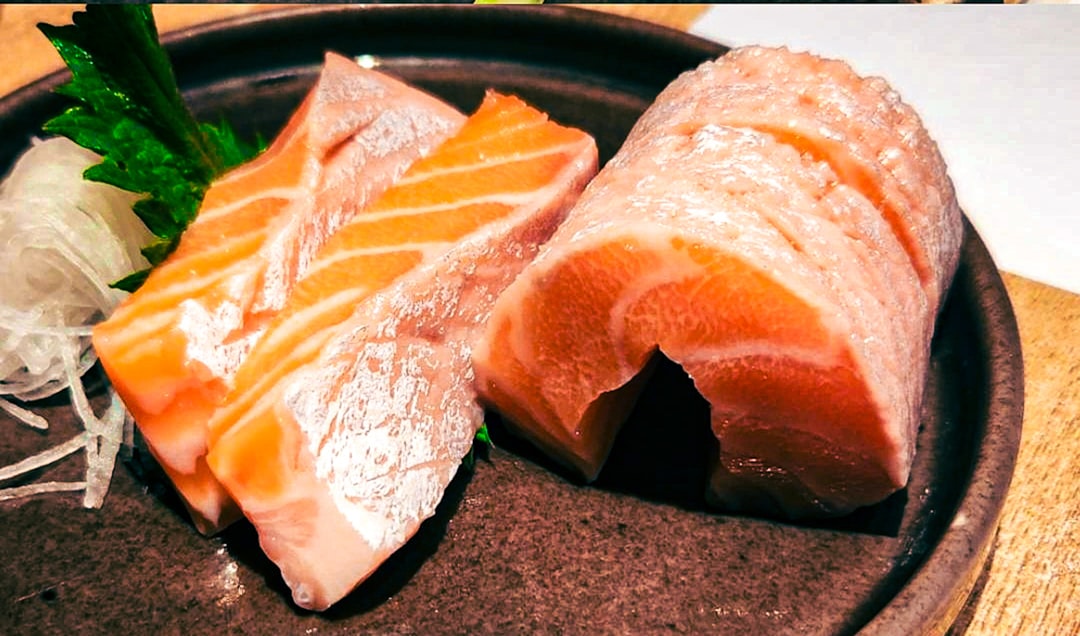
Salmon is a delicious example of how healthy fats can do extraordinary work for your eyes. Rich in omega-3s—especially DHA—this fish helps build and maintain the retina’s structural integrity. Research points to omega-3s as allies in slowing macular degeneration and even easing symptoms of dry eye, making salmon a favorite among eye doctors and nutritionists alike. Grilled, baked, added to salads, or stirred into a warming chowder, salmon is a versatile addition to any meal plan. Canned options deliver similar benefits for those watching their budgets or looking for convenience. The comforting flavor and meaty texture mean even those new to seafood can find dishes they enjoy. Optimizing your DHA intake through salmon is a practical way to give your eyes the nutritional edge they need for the long haul.
3. Eggs: Versatile Vehicles for Eye Nutrients

Eggs are a breakfast classic for good reason—but their value for eye health runs deeper than convenience or taste. Rich in lutein, zeaxanthin, vitamin A, and zinc, eggs (especially the golden yolks) offer a synergistic bundle of nutrients essential for maintaining healthy retinas. The form of lutein and zeaxanthin in egg yolks is especially easy for the body to absorb, giving you an edge when cooked simply in scrambles, frittatas, or breakfast sandwiches. They’re a budget-friendly option that works across dietary styles and time constraints. Try adding chopped hard-boiled eggs to salads or nestling poached eggs over sautéed greens for a meal that does wonders for your vision—and leaves you satisfied, too.
4. Sweet Potatoes: Beta-Carotene for Night Vision
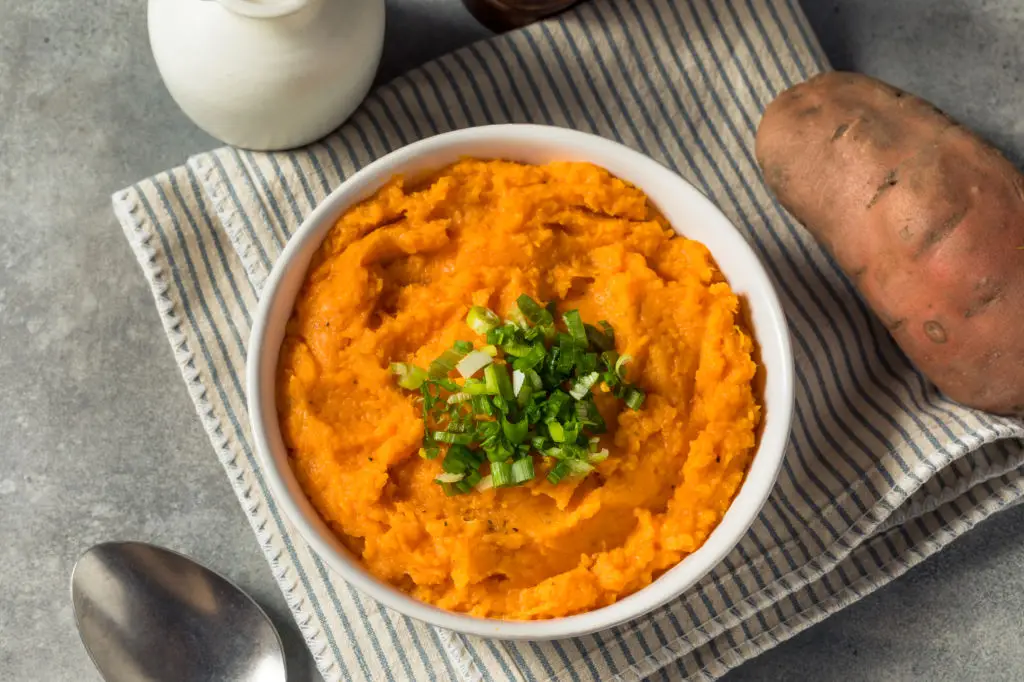
Sweet potatoes are more than just comfort food—they’re an abundant source of beta-carotene, a pigment that the body converts into vitamin A. This vitamin is critical for protecting the surface of the eye and supporting sharp night vision. People who miss out on enough vitamin A can experience dry eyes or struggle to see in low light. Whether enjoyed baked, mashed, or sliced into oven fries, sweet potatoes bring a natural sweetness and creamy texture to every dish. Add cooked cubes to stews or grain bowls, or blend into a smooth soup for a nourishing lunch. Easy to find year-round, they’re a gentle way to boost your intake of eye-supportive nutrients—no matter what’s on your evening menu.
5. Carrots: The Classic for Visual Clarity
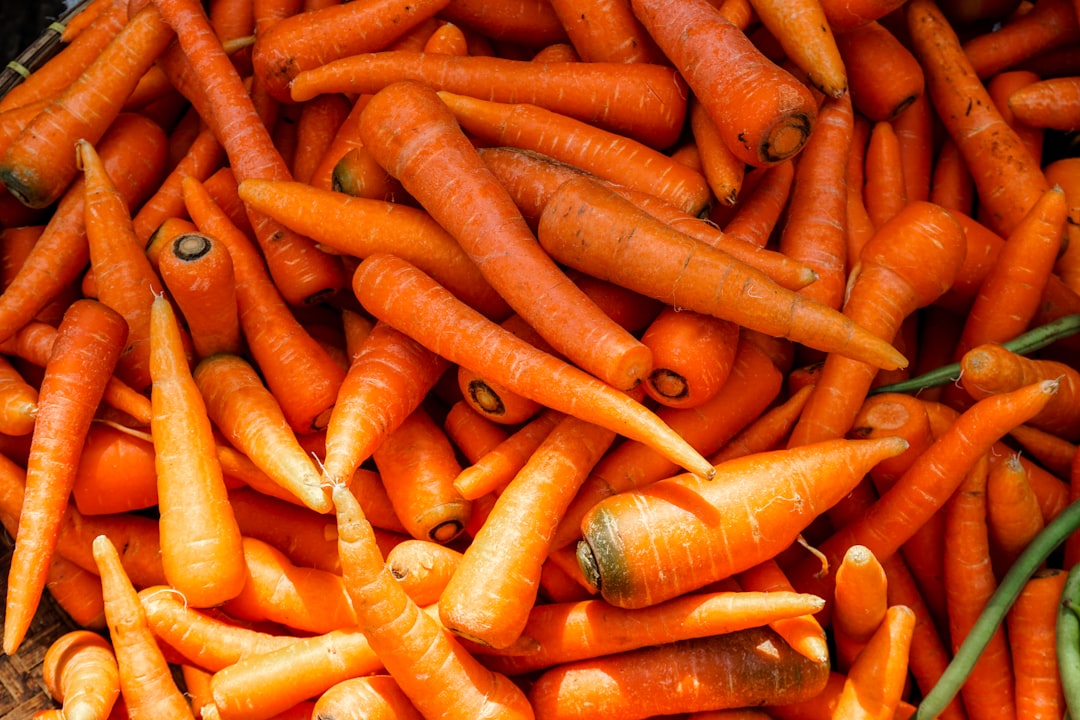
Carrots have earned their legendary status for supporting eye health. Like sweet potatoes, they’re brimming with beta-carotene—a vitamin A precursor that helps maintain the clarity of the cornea and supports retinal function. The Centers for Disease Control and National Institutes of Health agree: carrots are a smart choice for keeping vision sharp, especially as we grow older. Snack on crunchy raw sticks, toss shredded carrots into salads, or roast them until caramelized for a sweet treat at dinner. Their naturally mild flavor makes them a favorite for both kids and adults. Adding this cheerful veggie to your day is one of the simplest ways to show your eyes some nutritious love.
6. Blueberries: Antioxidant Armor for the Eyes
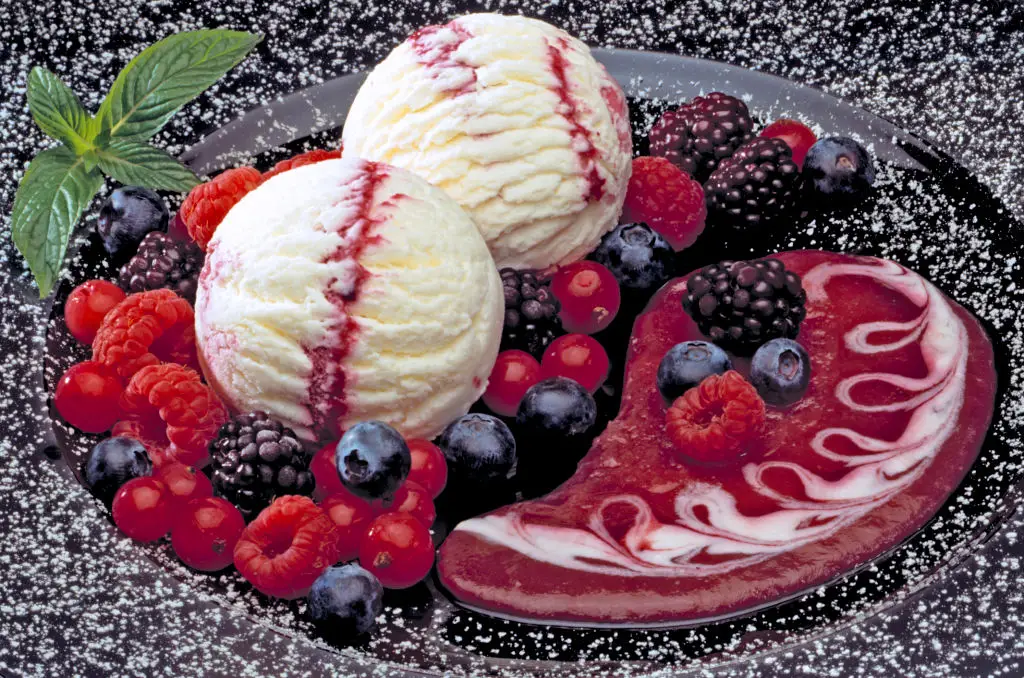
Tiny but mighty, blueberries pack a punch when it comes to antioxidants and vitamin C—both of which have been linked to long-lasting eye health. Anthocyanins, the deep blue plant pigments in blueberries, help bolster the blood vessels in the retina and may ease eye strain from screen time or long hours of reading. Stir fresh or frozen blueberries into your morning yogurt, sprinkle them over oatmeal, or blend into a smoothie for a colorful boost. Research suggests that regular blueberry snacking can help defend eyes from oxidative stress and the gradual toll of daily exposure to light. They truly are an accessible, delicious way to support your vision every day.
7. Bell Peppers: Colorful Support for the Macula
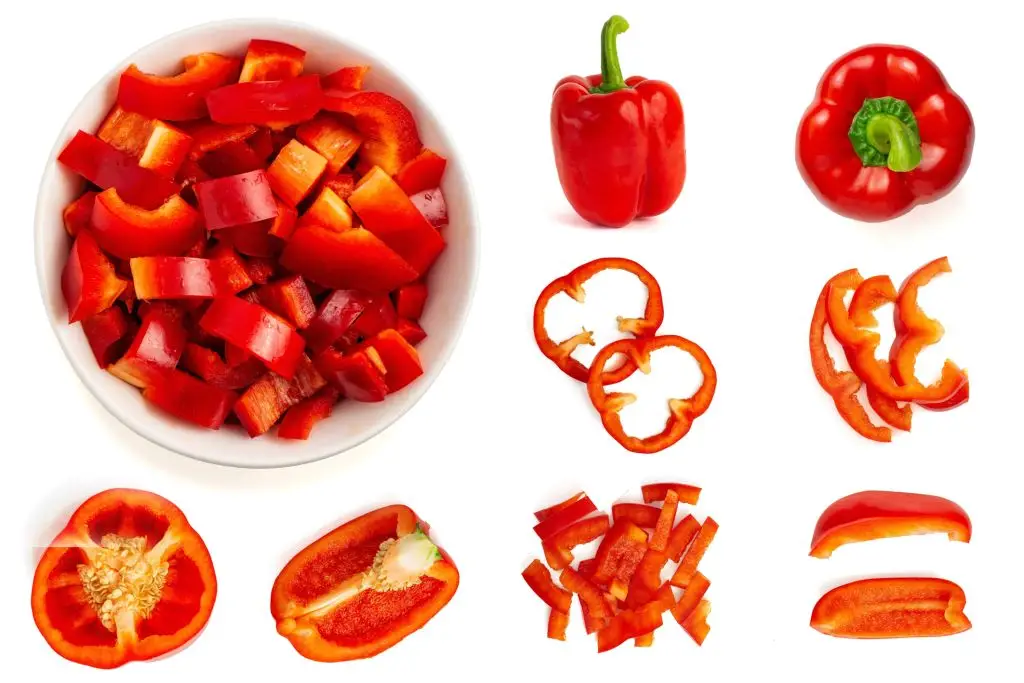
Bell peppers, especially the red and orange varieties, burst with vitamin C—a nutrient with antioxidant effects that reinforce the tiny blood vessels nourishing our eyes. They contain modest amounts of lutein and zeaxanthin as well, supporting the macula’s ability to process visual detail and color. Toss raw peppers into salads for satisfying crunch, or roast strips to layer into sandwiches and wraps. Vibrant bell peppers are easy to prepare, easy to love, and may even help slow the formation of cataracts, according to emerging study data. Adding a pop of color to your meal is more than just pretty—it’s practical support for eye health.
8. Almonds: Vitamin E for Long-Term Protection
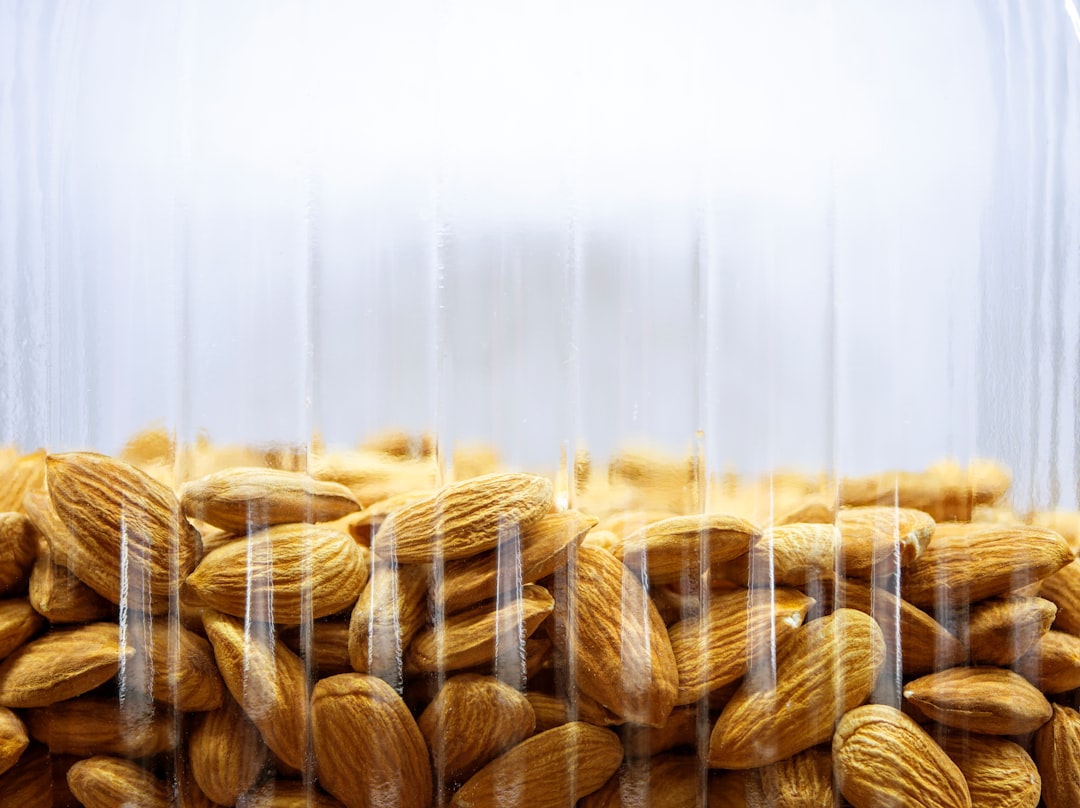
Almonds bring more than just crunch—they’re a robust source of vitamin E, a key nutrient that helps slow age-related vision changes. Vitamin E defends the cells in our eyes from damaging free radicals, and scientific consensus links it to a reduced risk of developing age-related macular degeneration. Enjoy a small handful as an afternoon snack, stir almond butter into oatmeal, or sprinkle chopped almonds onto salads and stir-fries. Because they’re portable and easy to store, almonds make a convenient addition to any routine. Their satisfying, nutty flavor comes with peace of mind—knowing you’re fueling your vision for many seasons ahead.
9. Citrus Fruits: Vitamin C for Eye Resilience
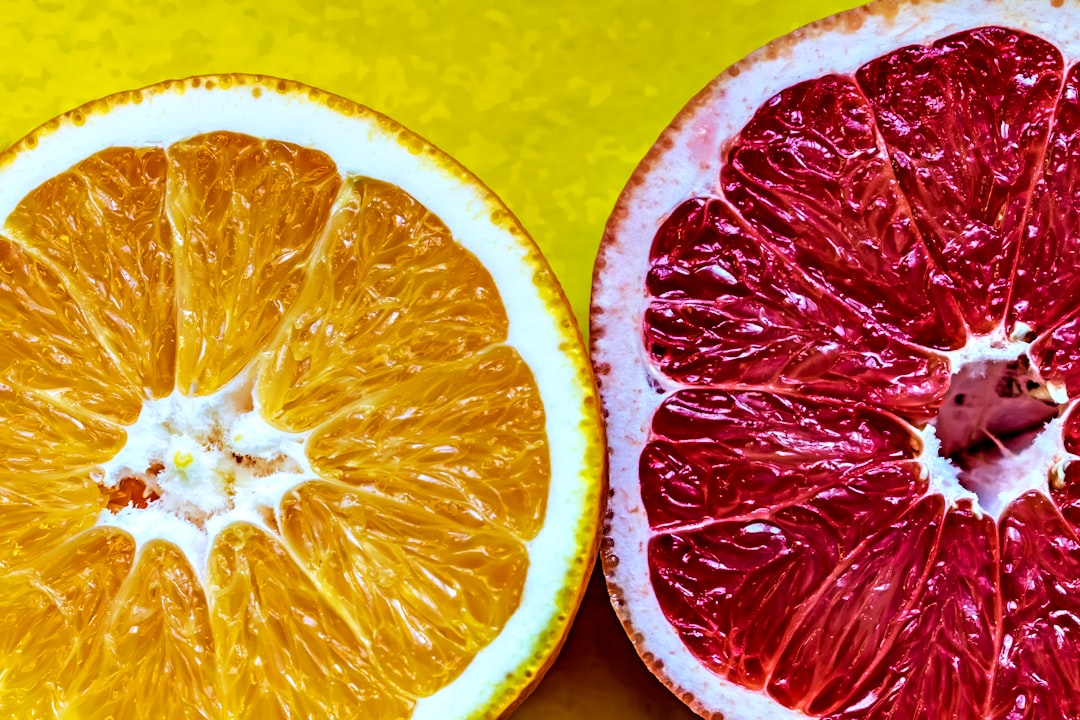
Oranges, grapefruits, and their zesty cousins offer a citrusy dose of vitamin C—one of the most critical nutrients for eye tissue repair and resilience. Vitamin C boosts collagen production in the cornea and shields delicate eye cells from the effects of aging and daily stress. Savor citrus fruits as a snack, blend them into smoothies, or make a simple fruit salad for dessert. The water content helps hydrate, while the vitamin C supports clear, bright vision. With expert-backed benefits for staving off age-related eye decline, citrus fruits are a refreshing—and wise—choice for your regular menu.
10. Broccoli: All-in-One Eye Booster
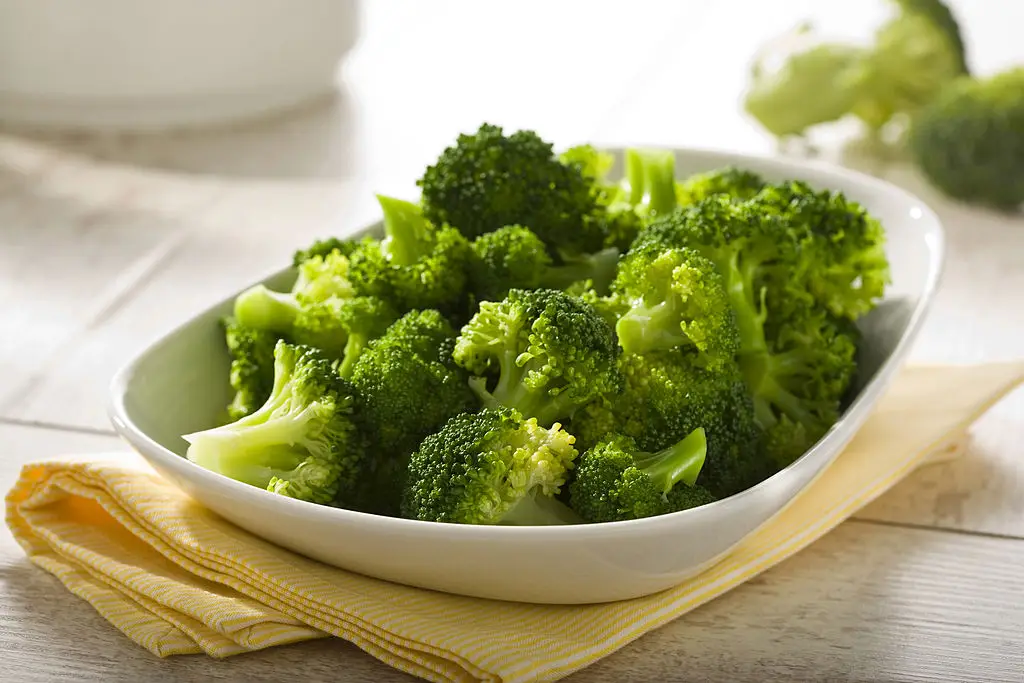
Broccoli offers a unique all-in-one punch for eye health. Packed with vitamin C and smaller amounts of lutein and zeaxanthin, it provides solid support for both the retina and macula. Health organizations note that regular broccoli intake helps maintain vision quality as we age. Lightly steamed, sautéed, or even roasted, broccoli blends seamlessly into pasta, stir-fries, or simple grain bowls. For added taste and nutrition, try combining it with a lemon-tahini drizzle or toss with toasted seeds. Each floret delivers practical nutrients in an easy-to-enjoy package—just what your eyes need to feel their best.
11. Sunflower Seeds: Tiny Seeds, Big Vitamin E
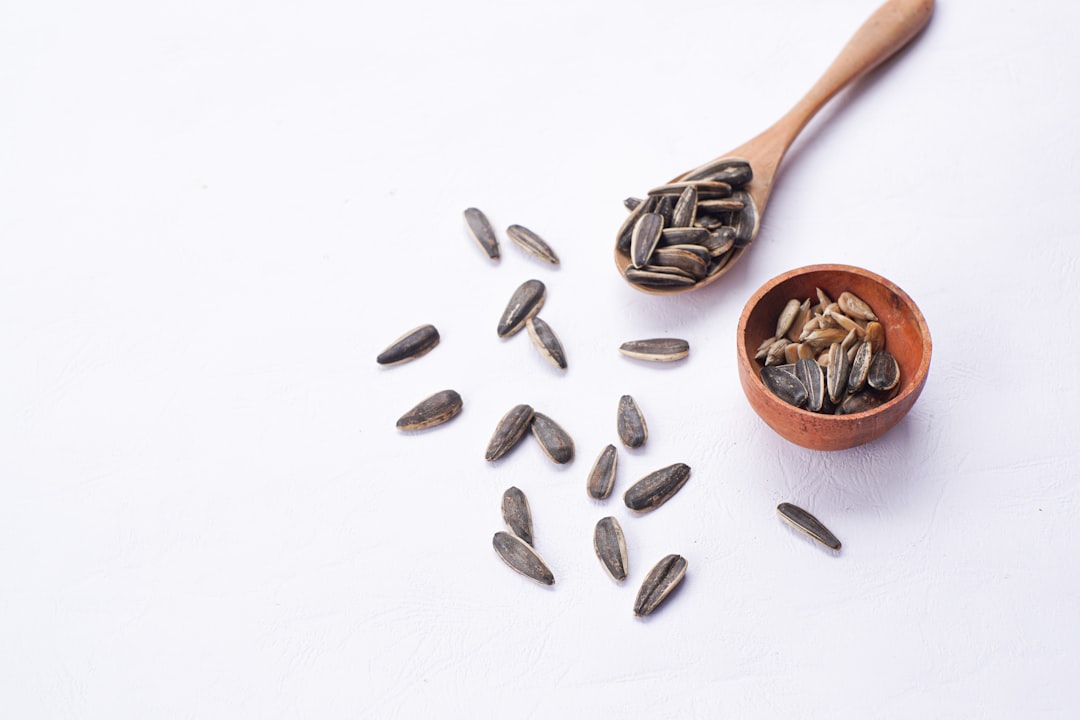
Sunflower seeds may be petite, but their benefits for aging eyes are mighty. High in vitamin E, and offering supportive nutrients like zinc and selenium, they play a role in slowing the progression of eye conditions like macular degeneration. Sprinkle a tablespoon on breakfast bowls, blend into pesto sauces, or eat a handful as a snack. Even a small daily serving can supply a meaningful boost to your vitamin E levels. Sunflower seeds are a satisfying, shelf-stable option for anyone looking to protect and refresh their vision, one bite at a time.
12. Sardines: Omega-3s in a Convenient Tin

Sardines may not get as much love as salmon, but their benefits for eye health are just as significant. Rich in omega-3s (especially EPA and DHA), sardines help maintain healthy retinal cells and offer protective action for your macula. Enjoy sardines straight from the tin, mixed into salads, or mashed with mustard for a quick spread. Their affordability and portability make them a standout for on-the-go nutrition. If you’re looking for practical, real-life ways to care for your eyes, sardines are proof that you don’t need fancy foods to reap science-backed rewards.
13. Avocado: Creamy Vessel for Eye-Friendly Fats
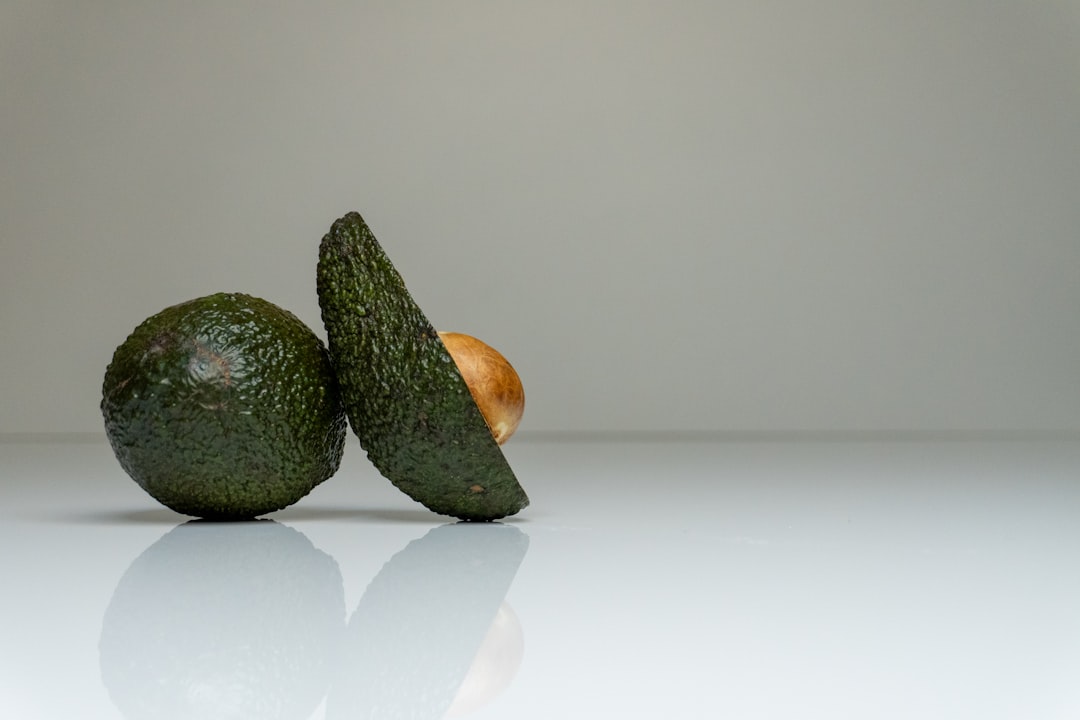
Avocado deserves its spot on this list with its rich, creamy texture and solid nutrition profile. Not only is it a plant source of lutein, but the healthy fats in avocado actually help your body absorb other carotenoids from vegetables. Spread it on whole grain toast, blend into a green smoothie, or cube it atop a hearty salad. Nutritionists often highlight avocado for its role in eye wellness, showing that building better eyesight and protecting aging maculae can be as enjoyable as it is achievable.
Bringing Vision Victories to Every Meal

Caring for your eyesight doesn’t require drastic measures or flavorless routines—it’s the little, loving choices made day by day that add up to clearer, brighter tomorrows. These 13 foods are more than just nutrient sources; they’re a testament to the hope and possibility each meal holds for your well-being. By welcoming spinach, salmon, eggs, sweet potatoes, and their nourishing friends onto your plate, you give your eyes the steady, science-supported care they deserve. Celebrate each improvement, no matter how small, as a vision victory worth savoring. Eyes that see with clarity and comfort are a gift—one you can nurture gently, starting with your very next bite.